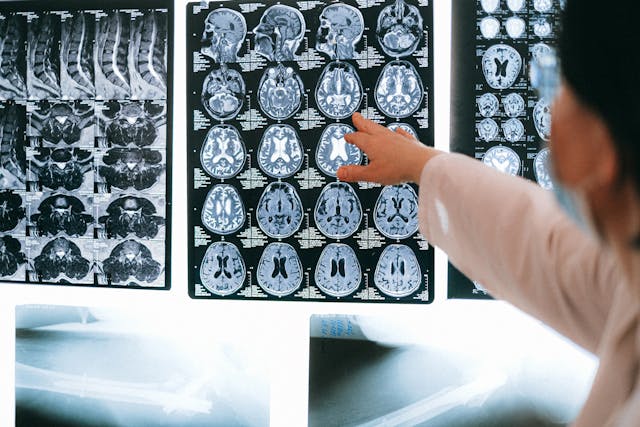The Truth About Plastic in the Brain: Fact or Misconception?
The human brain is often referred to as “plastic,” but does that mean it actually contains plastic? Recent discussions about neuroplasticity and microplastic contamination have sparked confusion about what it truly means for the brain to be “plastic” and whether physical plastic materials can infiltrate this vital organ. Let’s break down the science and separate fact from fiction.
What Does It Mean for the Brain to Be Plastic?
Neuroplasticity, also known as brain plasticity, refers to the brain’s ability to adapt and rewire itself throughout life. Contrary to its name, this has nothing to do with synthetic plastic materials. Instead, it describes how neurons form new connections in response to learning, injury, or environmental changes. This adaptability is crucial for memory formation, skill development, and recovery from brain injuries.
Studies have shown that:
- Neuroplasticity continues throughout life, with younger brains being more adaptable than older ones.
- People who engage in lifelong learning tend to develop stronger cognitive resilience against neurodegenerative diseases.
- Trauma and brain damage can be mitigated through neuroplasticity-based rehabilitation, including cognitive therapy and brain exercises.
Is the Brain Made of Plastic? Debunking the Myth
Some misinformation suggests that the human brain is 0.5% plastic. This is not true. The brain is composed primarily of:
- Water (about 75-80%)
- Lipids (fats) and proteins (essential for brain function)
- Neurons and glial cells that form complex networks
There is no synthetic plastic in a normal, healthy brain. However, recent studies raise concerns about microplastic contamination in the brain, leading to new scientific inquiries.
Microplastics in the Brain: A Growing Concern?
Microplastics—tiny plastic particles less than 5mm in size—are increasingly found in the environment, food, and even human organs. Recent research suggests that microplastics may cross the blood-brain barrier, a highly selective membrane that protects the brain from harmful substances.
How Do Microplastics Reach the Brain?
Scientists are exploring different pathways:
- Inhalation: Microplastics from polluted air can enter the respiratory system and travel through the bloodstream to the brain.
- Ingestion: Contaminated food and water introduce microplastics into the digestive system, which can then be absorbed into the bloodstream.
- Absorption via the bloodstream: Studies suggest that some microplastics are small enough to penetrate the blood-brain barrier, raising concerns about potential neurotoxicity.
What Are the Potential Effects of Microplastics in the Brain?
Although research is still in its early stages, some potential risks include:
- Inflammation and oxidative stress – Microplastics may trigger immune responses in the brain, leading to neuroinflammation.
- Disruption of neural function – Interference with brain cell communication could impact cognitive abilities and mental health.
- Association with neurodegenerative diseases – Preliminary studies suggest a potential link between microplastic accumulation and diseases like Alzheimer’s and Parkinson’s.
Can We Prevent Microplastic Exposure to the Brain?
While avoiding microplastics entirely is nearly impossible, there are ways to reduce exposure and protect brain health:
- Filter drinking water – Reverse osmosis and carbon filters can remove microplastic particles from tap water.
- Limit plastic use – Avoid single-use plastics and choose glass or stainless steel containers.
- Eat fresh, whole foods – Processed foods often contain more microplastics due to packaging and production methods.
- Improve air quality – Use air purifiers and avoid exposure to dust-heavy environments.
Final Thoughts: The Brain’s True Plasticity vs. Microplastic Reality
The human brain is plastic in the sense that it is adaptable and constantly evolving—but it does not contain synthetic plastic. However, growing concerns about microplastics reaching the brain demand further scientific exploration. As research continues, taking proactive steps to reduce plastic exposure may help safeguard brain health for the future.
Have you ever thought about how microplastics might impact brain health? Share your thoughts in the comments!


